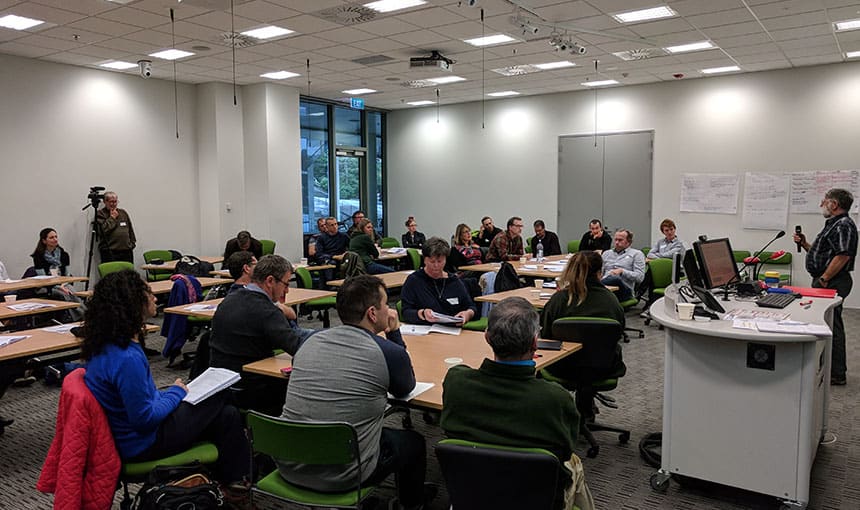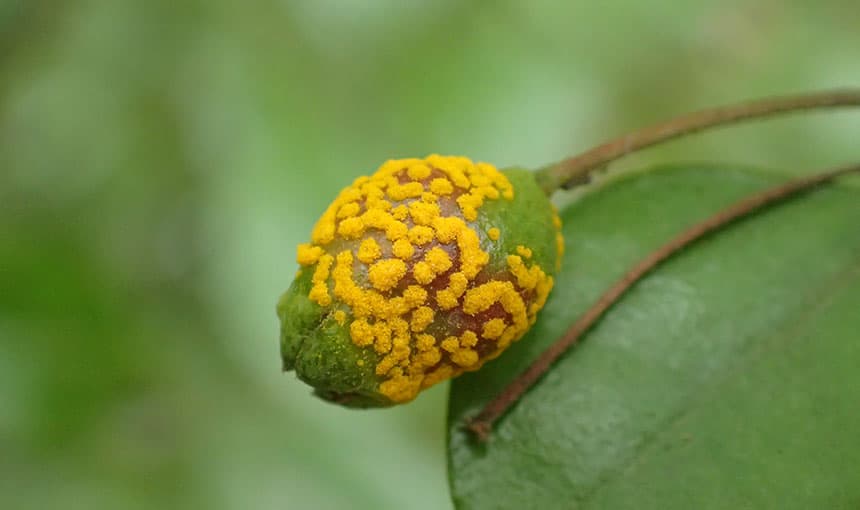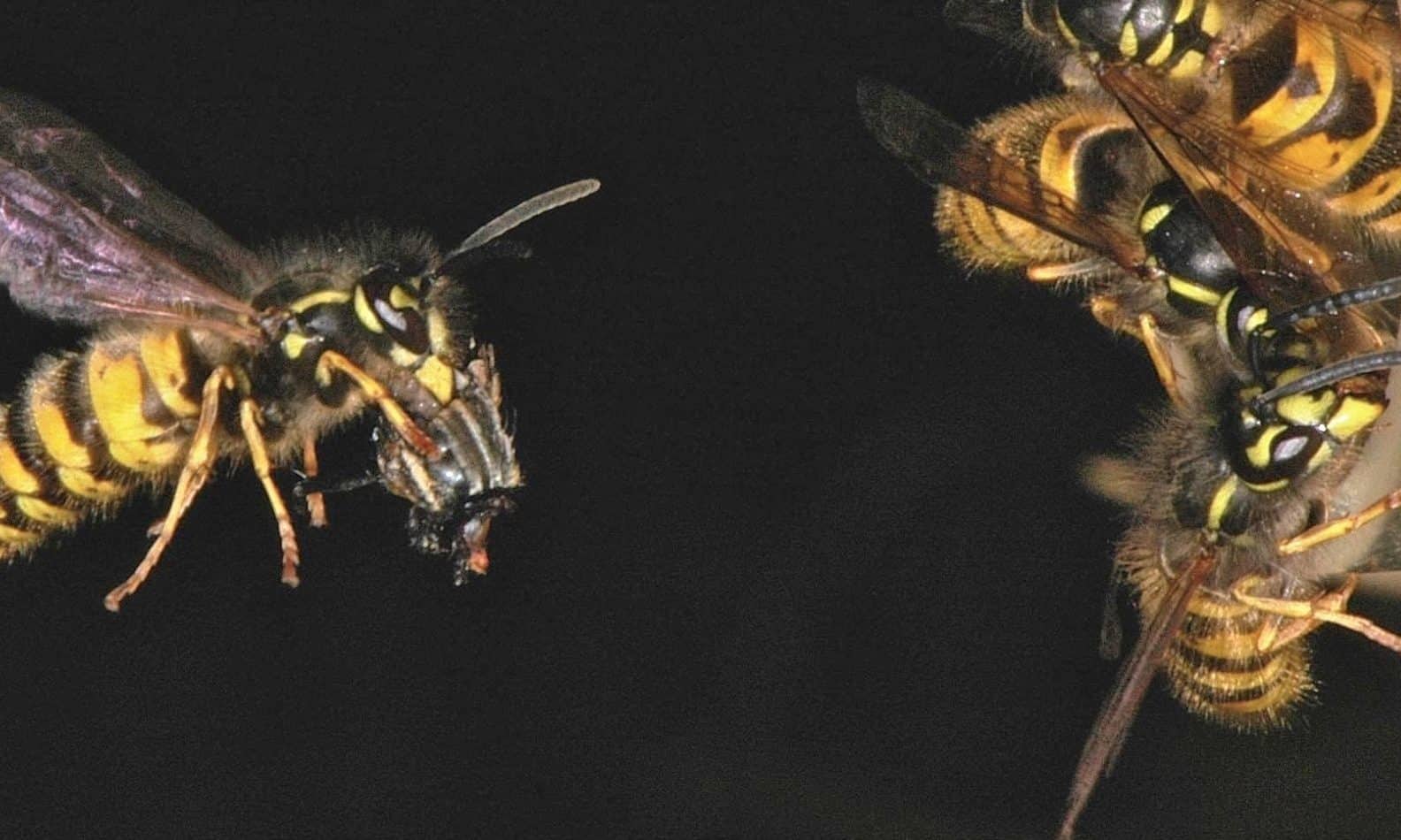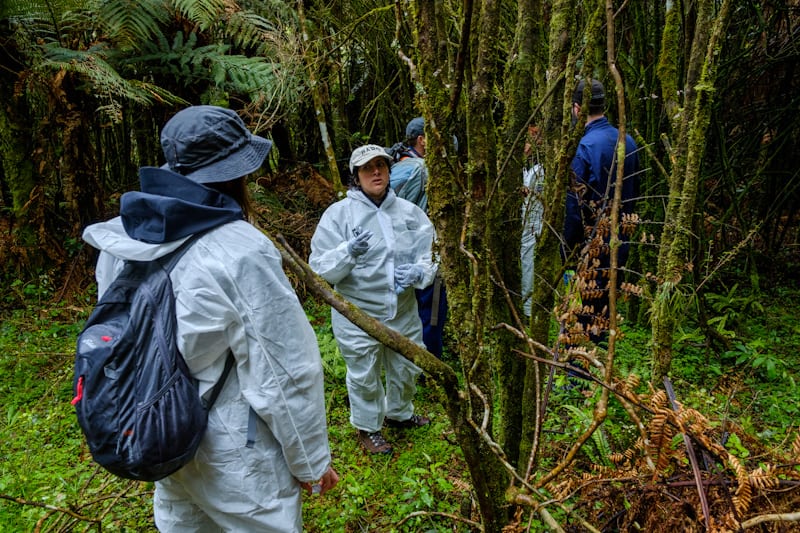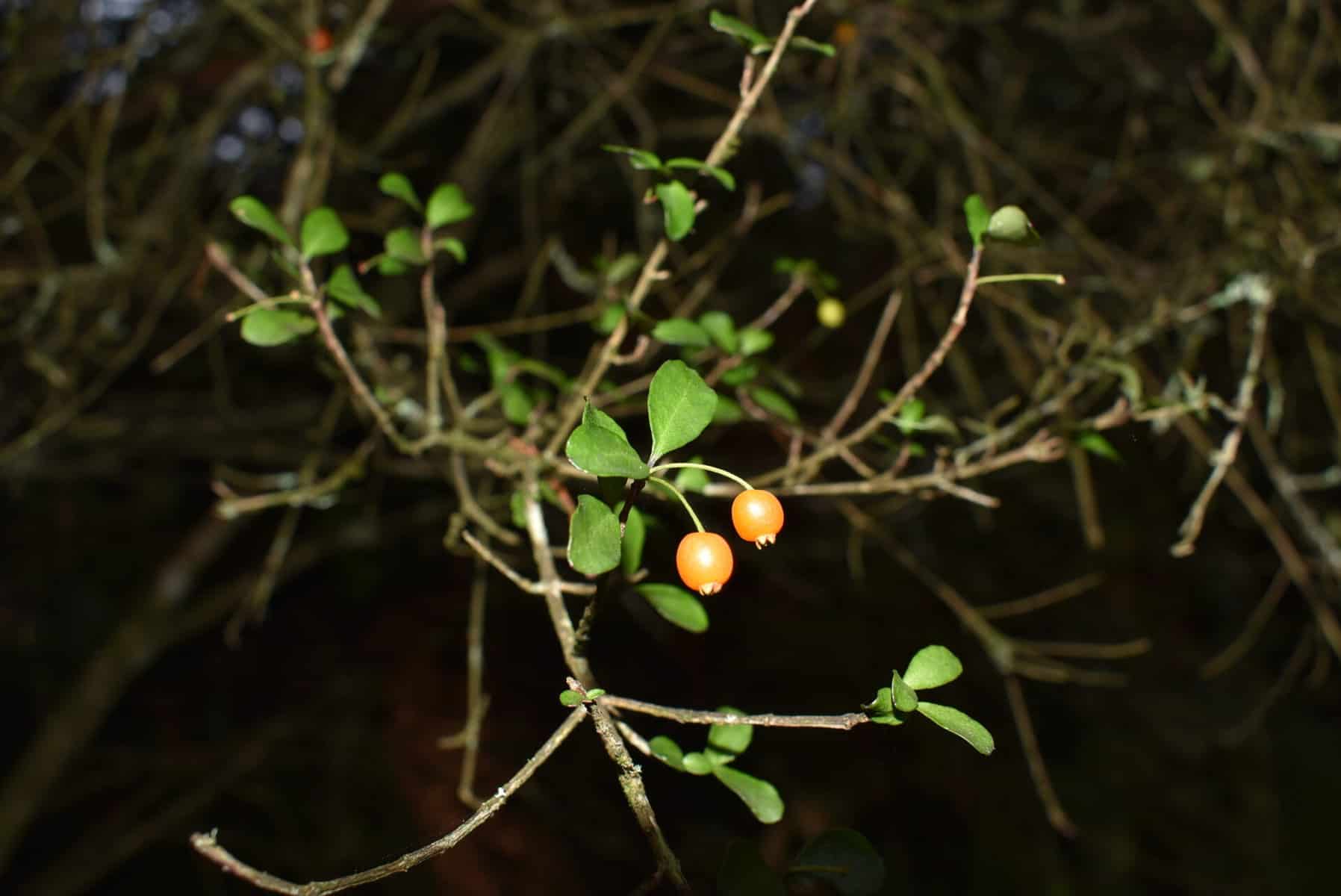Characterising uncertainty in risk assessments for biological control: using case studies from New Zealand to inform future research
Areas of uncertainty in the assessment of risks and benefits in applications for new biological control agents submitted to the regulator for proposed introduction into…
